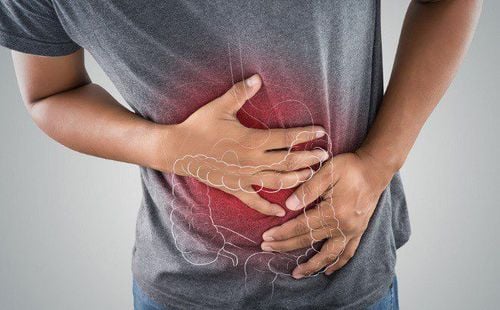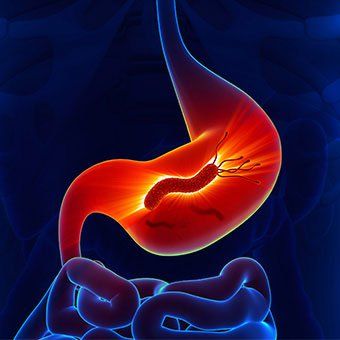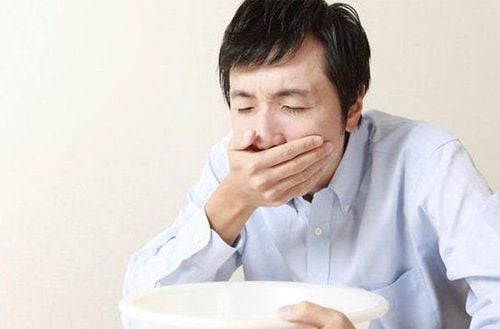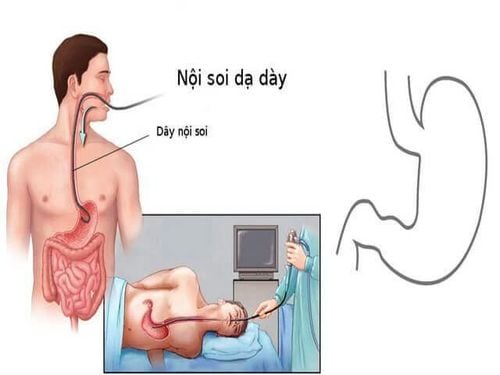This is an automatically translated article.
The article was professionally consulted by Gastroenterologist, Department of Examination & Internal Medicine - Vinmec Hai Phong International General HospitalEndoscopy of the esophagus - stomach - duodenum is the most effective imaging tool to detect pathologies and lesions on the gastric mucosa such as ulcers or cancer. This method is very popular and widely specified.
1. What is esophagogastroduodenal endoscopy?
Esophagogastroduodenal endoscopy is a method of directly examining the upper part of the digestive tract by inserting a flexible endoscope through the mouth and through these organs. Gastrointestinal endoscope has a small diameter, both attaches a light source, a camera that projects directly on the screen, and attaches interventional instruments when needed. In addition, the endoscope can control the direction and viewing angle to detect small lesions just a few millimeters on the lining of the digestive system.At Vinmec Hai Phong International General Hospital, narrow band esophagogastroduodenal endoscopy (NBI) is being routinely applied. This has been proven to be the best method to screen for esophageal cancer, stomach cancer.
2. Who should be indicated for esophagogastroduodenal endoscopy?
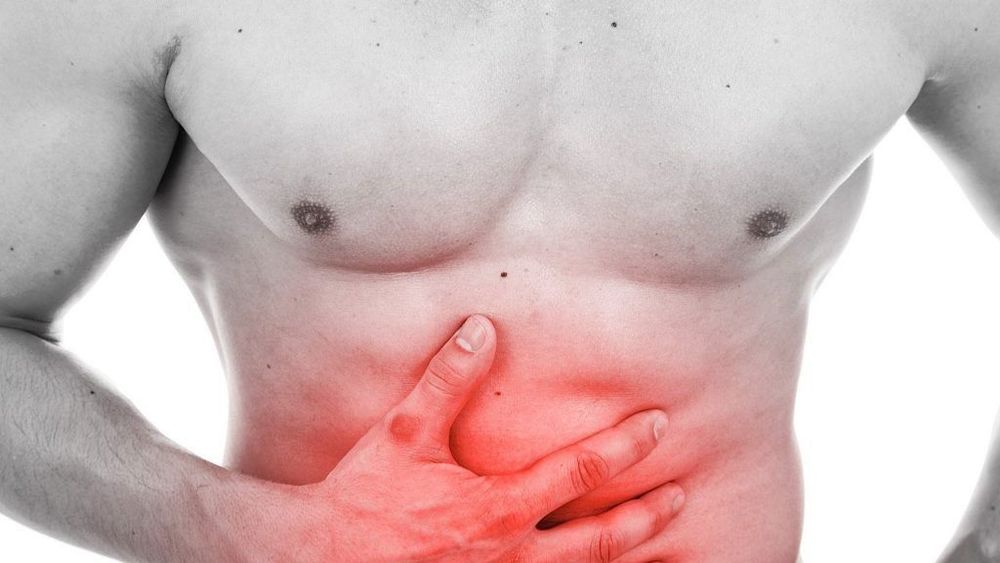
Đối tượng cần được chỉ định nội soi thực quản - dạ dày - tá tràng là những người có các triệu chứng của bệnh lý dạ dày.
Besides, esophagogastroduodenal endoscopy also helps to screen for Barrett's esophagus, cancer, polyposis syndrome... in subjects with many risk factors. At the same time, if there is an injury that requires intervention, gastrointestinal endoscopy can help clamp hemostasis, ligation of esophageal varices, injecting glue for gastric varices to prevent gastrointestinal bleeding, polypectomy, and excision. mucosal early cancer treatment as well as removal of gastrointestinal foreign bodies.
Regarding contraindications, esophagogastroduodenal endoscopy: Patients refuse even endoscopy with anesthesia and when gastrointestinal perforation is suspected.
In addition, because it is an invasive procedure, other medical comorbidities may also be contraindications to gastrointestinal endoscopy, such as dyspnea of any cause, heart failure, new myocardial infarction , aortic aneurysm, cirrhosis of the liver, ascites,... However, these are only relative contraindications.
3. What gastrointestinal endoscopic techniques have been implemented?
The Department of Gastroenterology - Endoscopy at Vinmec Hai Phong General Hospital has successfully implemented and implemented the techniques through esophagogastroduodenoscopy as follows:Interventional endoscopy - 1 polyp removal digestive tract less than 1 cm. Interventional endoscopy - removal of gastrointestinal polyps over 1 cm or more. Narrow band esophagogastroduodenoscopy (NBI). Narrow band total colonoscopy (NBI). Emergency gastroesophageal endoscopy with high gastrointestinal bleeding for diagnosis and treatment.
4. What is the procedure for esophagogastroduodenal endoscopy?
All patients before being performed esophagogastroduodenal endoscopy were thoroughly examined and performed routine tests. This is necessary to evaluate not only the specialist gastroenterology but also the general state of health. Only patients who are identified as having suspicious symptoms or multiple risk factors are indicated for gastrointestinal endoscopy. At the same time, other accompanying medical and surgical diseases were also evaluated to exclude contraindications when performing this technique.After that, patients and relatives will be consulted and explained about the need for endoscopy in diagnosis and treatment. In addition, the procedure and possible risks are also carefully presented for the patient's understanding and acceptance.
Before performing upper gastrointestinal endoscopy, the patient will be instructed to fast for at least 6 hours. When brought to the endoscopy table, the doctor will once again evaluate the physical condition as well as the ability to cooperate during the procedure. Vitality monitoring devices such as electrocardiogram, blood pressure, and blood oxygen monitors are always observed to respond promptly.
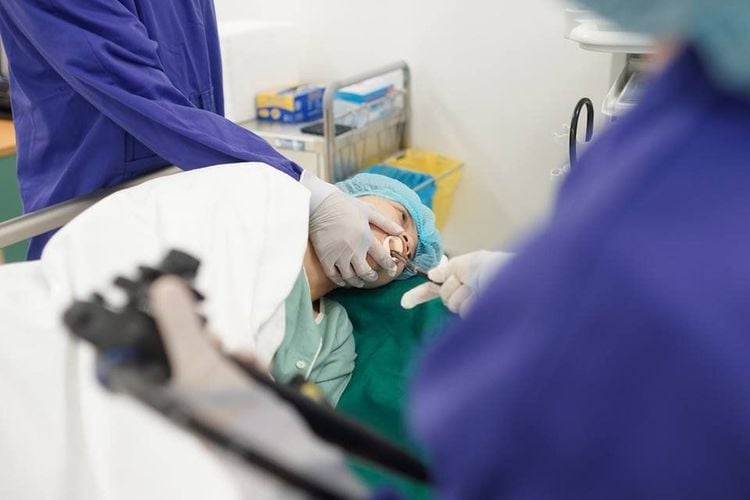
Trước khi thực hiện nội soi tiêu hóa trên, người bệnh sẽ được dặn dò nhịn ăn ít nhất 6 giờ.
5. What are the things to watch after esophagogastroduodenal endoscopy?
After completing the endoscopy of the esophagus - stomach - duodenum, the patient can completely return to normal activities, including walking and eating. However, a small number of people may complain of vague bloating and gas. If the endoscopy is under anesthesia, the patient will still feel sleepy, lethargic, and slightly tired. Most of these problems will go away on their own quickly.On the contrary, if the patient has severe and continuous abdominal pain, black or dark stools, fever, etc., especially after endoscopic intervention, these are abnormal signs and need to be re-examined immediately. .
6. Why should esophagogastroduodenal endoscopy be performed at Vinmec Hai Phong?
Although gastrointestinal endoscopy is a fairly common and routine technique in diagnosing diseases of the esophagus, stomach, and duodenum, this is still an interventional method and has certain risks. Therefore, it is really necessary to consider choosing a reputable medical facility to perform endoscopy. And Vinmec Medical System has long been a professional and reliable address for many patients.Please dial HOTLINE for more information or register for an appointment HERE. Download MyVinmec app to make appointments faster and to manage your bookings easily.




